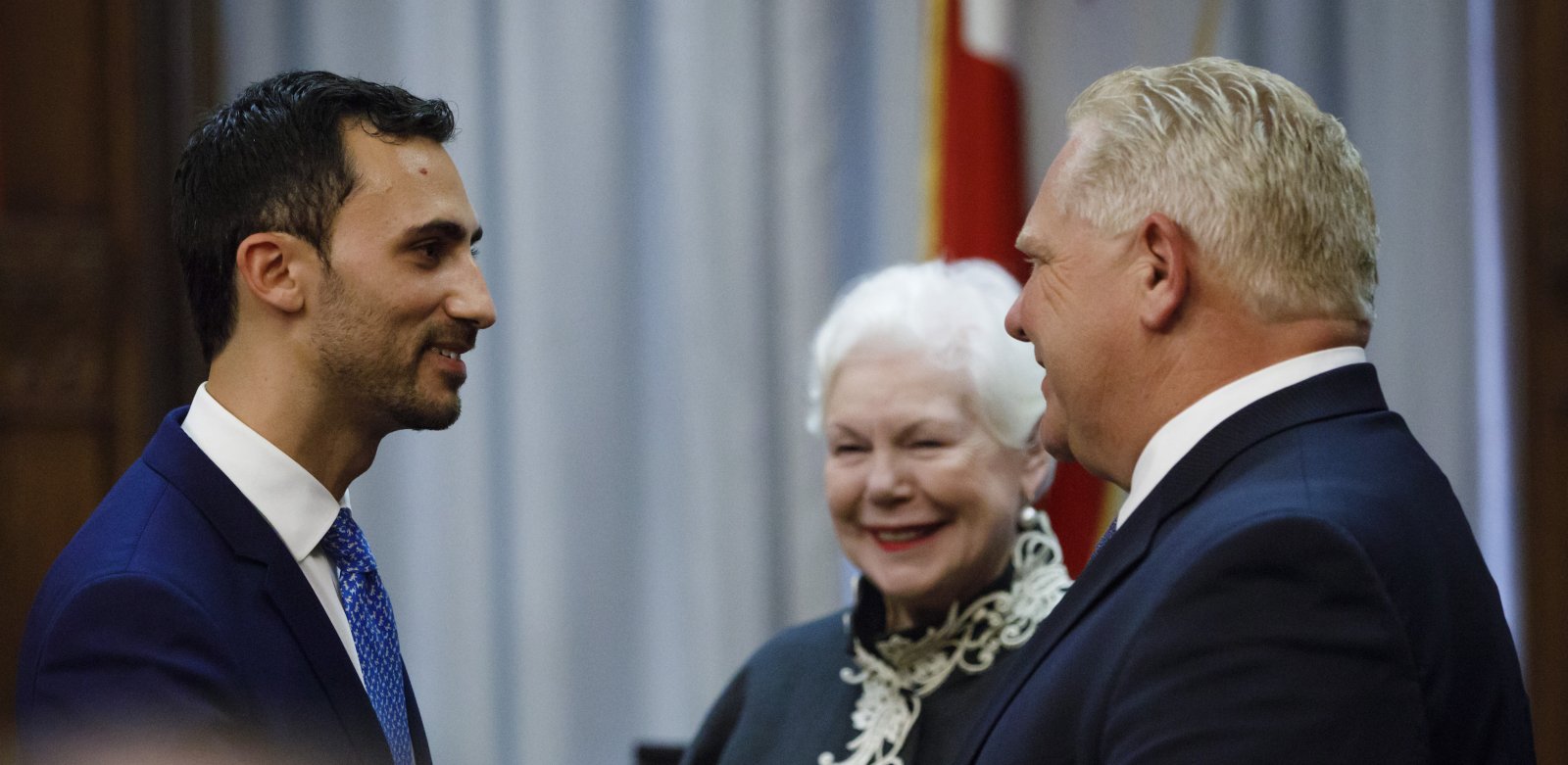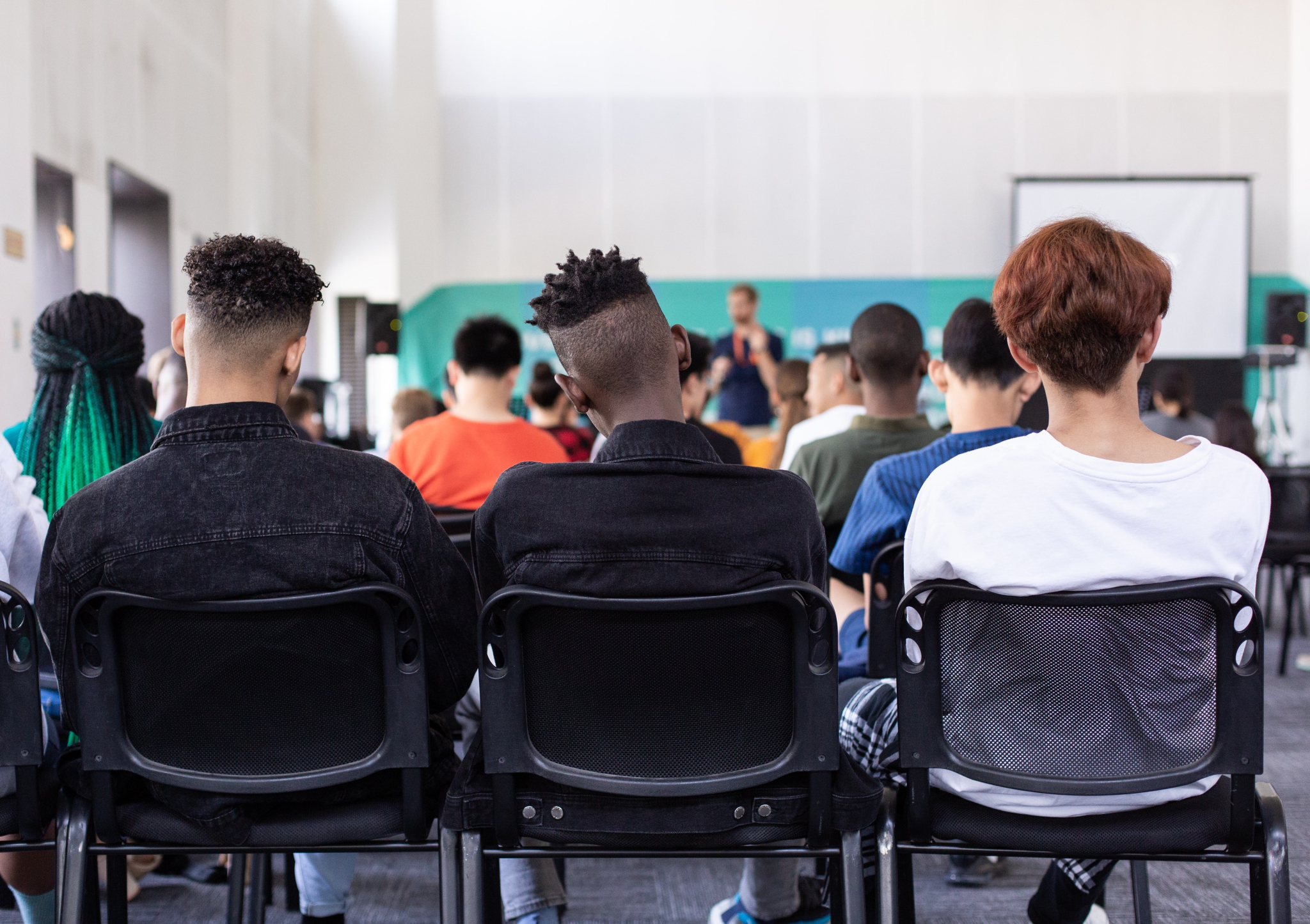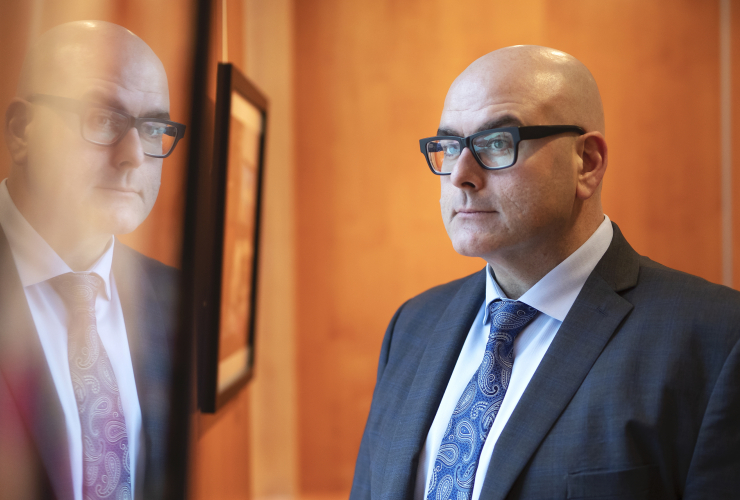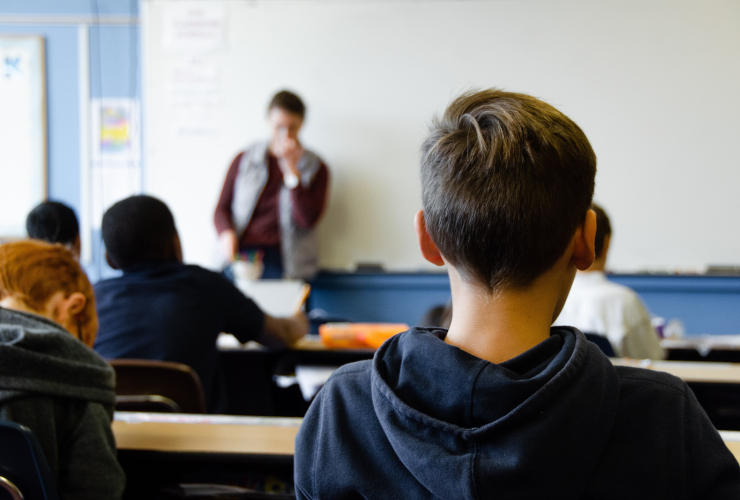Ontario Premier Doug Ford's government unveiled its back-to-school plan on Thursday, setting aside just over $300 million in additional funding and saying many high school students will attend class part time.
The details have been long-awaited by parents, teachers and administrators wondering how learning can safely restart in September, as Ontario emerges from the shadow of COVID-19.
But the spending failed to impress education unions, opposition critics and school boards worried about how to keep teachers and students safe.
“It’s deeply disappointing,” said Marit Stiles, the Ontario NDP’s education critic. “It’s definitely not what I think most parents, students, teachers or other education workers were hoping for today.”
The four main education unions, representing around 200,000 education workers, said in a joint statement that the plan and the budget to achieve it was risking public safety by “severely underfunding a safe return to school in September.”
It remains to be seen how many teachers are willing to return to classes under these conditions.
The government said elementary schoolchildren from kindergarten to Grade 8 will attend school five days a week, with one cohort for the full day, including recess and lunch.
It said enhanced health and safety protocols would be in place and boards would be expected to provide the full range of elementary curriculum.
It did not define a maximum number of students per elementary cohort, and an official said schools would be advised to aim for the province’s mandated average class size, which is more than 24 for Grades 4-8.
“What this announcement does is it sends our smallest children back to the same size classrooms they were in before,” Stiles said. “It’s a status quo return, with no additional supports for those littlest ones to ensure they, their families and the staff that work with them are kept safe and healthy.”
Secondary students in most major school boards will attend class every second day, or in some other half-half arrangement, in cohorts of around 15, the government said. It encouraged schools to create timetables that limit the amount of contact between students, including staggered lunch breaks.
High school students will have hybrid online/in-person classes in both public and Catholic school boards in Toronto and across the wider GTA as well as Ottawa, Hamilton, Waterloo, Windsor and the Niagara region.
Students from Grade 4 up will be required to wear masks while at school, while younger students will be encouraged to do so in common areas.
Guidance provided to boards said students should be limited to approximately 50 direct and indirect contacts in schools.
The NDP’s Stiles said the fact that the plan doesn’t address the needs of teachers and other staff who are immunocompromised, or for anyone who lives with someone who is more likely to fare poorly if they contract COVID-19, is “another glaring absence."
Ford implored as many teachers as possible to return to class.
“We really, really need them,” he said. “The parents need them, the province needs them. We all need the teachers to come into the class when possible.”
The Ford government had just reached collective agreements with education unions after a bitter war of words and intermittent strike action in the weeks before the pandemic closed schools for good.
Education Minister Stephen Lecce said that teachers can choose not to work in the classroom due to health and safety concerns but that “there has to be a value proposition for our students and the taxpayers of our province.”
“We can provide that safe space for them to do so, to support the many students who will require virtual learning,” he said, referring to the adapted model for secondary schools, and tailored learning for higher-risk communities and any parents who keep their children home.
The government plan says parents can choose to instead use remote learning delivered by school boards, with teachers required to load resources into a database that allows for synchronous learning.

In a Toronto District School Board planning document released earlier this month, the province’s largest school board said it would need to hire nearly 2,500 more teachers at a cost of almost $250 million in order to teach elementary students full time in groups of 15.
Smaller class sizes allows for more physical distancing, which helps reduce the spread of COVID-19.
The government also expects schools to maintain detailed records about students and visitors that, in case of an outbreak, they would share with public health authorities to help with contact tracing.
The government’s $309-million budget for the reopening plan includes $80 million to hire additional staff and $60 million for masks and other personal protective equipment, which it will be providing for teachers and other school staff.
The government said it expects cleaning supplies for all schools across the province to add another $25 million, with $50 million to cover the hiring of up to 500 more public health nurses. The plan provides $40 million for cleaning supplies and protective equipment for transportation.
The budget also includes almost $24 million for lab testing capacity and $10 million each for health and safety training, additional mental health supports, and additional supports for students with special needs.
By comparison, the Liberals released a mock budget earlier this week that would have allocated $3.2 billion in pandemic-specific spending, including a plan to hire 15,000 elementary teachers at a cost of $1.3 billion.
“Parents across Ontario have been waiting anxiously for a plan to reopen schools safely – today they got one written on the back of a napkin,” Liberal Leader Steven Del Duca said in a statement. “None of the concerns parents raised have been addressed. None.”
Morgan Sharp / Local Journalism Initiative / Canada’s National Observer
Editor’s note: This article was updated at 6:15 p.m. on July 30, 2020 to include more details and reactions from union leaders and opposition politicians.
so many details that have not
so many details that have not been addressed,
for instance, when a teacher gets sick, who contacts every person in the school they were near?. Do all those contacts now isolate for two weeks? who replaces that teacher? how? How does that contact tracer keep up with tens, hundreds of case assignments a week?
who is cleaning bathrooms and monitoring hand washing ? seriously each bathroom needs a monitor as they have in Japan for instance, or now at the door of every store checking masking and handing out sanitizer.
The main office staff: are plexiglass barriers able to be installed in every school in Ontario in the next five weeks?
Automatic doors installed everywhere?? protocol for pushing open non auto doors with elbows ( did that for years) one way halls ,(what about when you have to pull it open?) who's cleaning after every one of hundreds of touches? sure leave them open and just rewrite fire regs!
lockers!!!!! germ havens all. daily wipe down by students before class?
who knows ???? with a minister who has yet to set foot in a public school classroom--- maybe he just pictures the staff at Upper Canada College, obsequiously cleaning up for the young lords as a given every where.
Not even one conversation with teachers unions? Not surprising , but still disgracefully stupid and disrespectful to staff. and what do teachers contracts say about refusing unsafe working conditions? that could be QUITE interesting to watch.
Safe distances? 50 max contact? good luck with that !!
Certainly not 30 kids in a grade six room, where some didn't have a desk before the pandemic and there are inches between desks to start. ! distancing??? Ha, Ha Ha Ha Ha Ha (
"Our plan is to have no plan.
"Our plan is to have no plan."
"Brilliant! Why didn't I think of that?"
Besides, with the way some of those school ventilation systems are maintained, you're equally likely to get Legionnaires Disease.
This is $309 million more
This is $309 million more than the Alberta government is providing. Just saying.





Comments